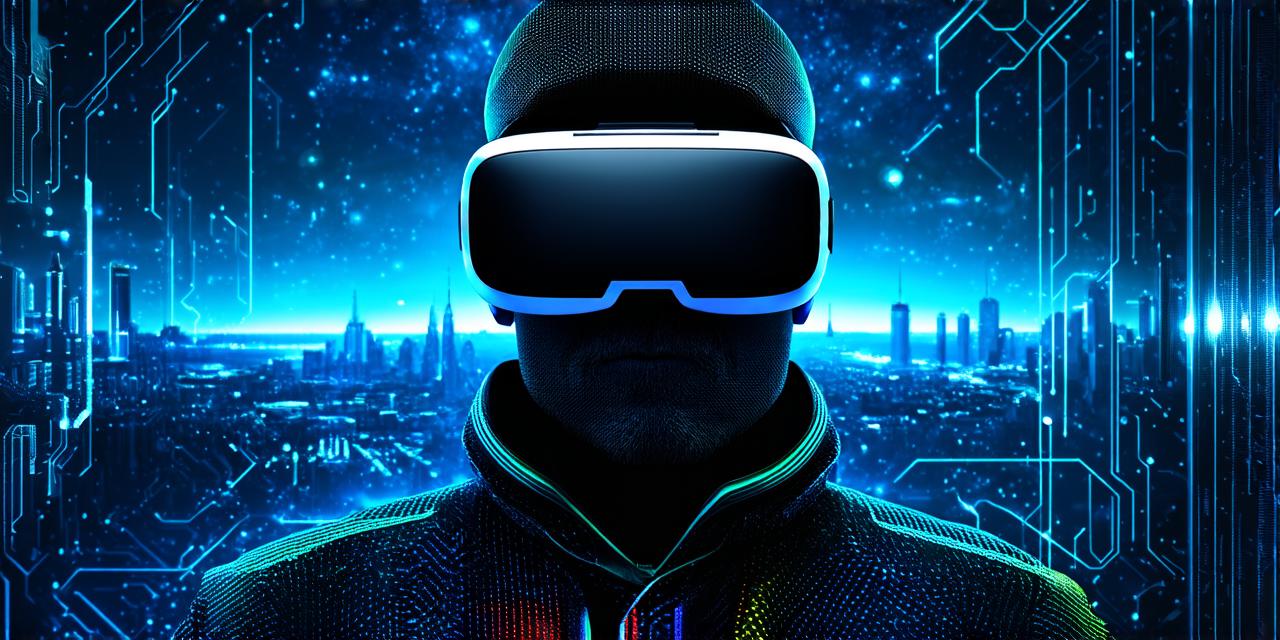
Is virtual reality the future of learning?
Virtual reality (VR) has been gaining popularity in recent years as a tool for education and training. With its immersive and interactive experiences, VR offers a unique opportunity for students to learn in a more engaging and hands-on way. In this article, we will explore the potential of VR as a tool for learning and discuss some of the benefits and challenges associated with it.
Table of Contents
ToggleBenefits of Virtual Reality in Education

One of the main advantages of using VR in education is that it allows students to experience real-world scenarios in a safe and controlled environment. For example, medical students can practice surgeries without risking patient safety, while engineering students can test and refine their designs before building them in the real world. This type of hands-on learning can be particularly effective for subjects like science and technology, where practical applications are crucial.
Another benefit of VR in education is that it can provide a more engaging and interactive learning experience. Traditional classroom lectures and textbooks can be monotonous and unengaging for some students, but VR offers an immersive and interactive way to learn. Students can explore virtual environments and interact with objects and characters in a way that is not possible with traditional media. This can make learning more enjoyable and memorable, which can lead to better retention and understanding.
Challenges of Virtual Reality in Education
While VR has the potential to revolutionize education, there are also some challenges associated with it. One of the main challenges is cost. VR technology can be expensive, both for the hardware and software required to create and experience virtual environments. This can make it difficult for schools and universities to implement VR programs on a large scale.
Another challenge is accessibility. While VR can offer an immersive and interactive learning experience, not all students have access to the technology or the necessary resources to use it effectively. This can create a digital divide and limit the effectiveness of VR as a tool for education.
Conclusion
Virtual reality has the potential to revolutionize education by providing a more engaging and hands-on learning experience. With its ability to simulate real-world scenarios in a safe and controlled environment, VR can be particularly effective for subjects like science and technology. However, there are also challenges associated with VR in education, including cost and accessibility. As with any new technology, it will be important for educators and policymakers to carefully consider the potential benefits and challenges of using VR in the classroom. Ultimately, whether VR becomes a widely adopted tool for learning remains to be seen, but its potential is certainly worth exploring.

